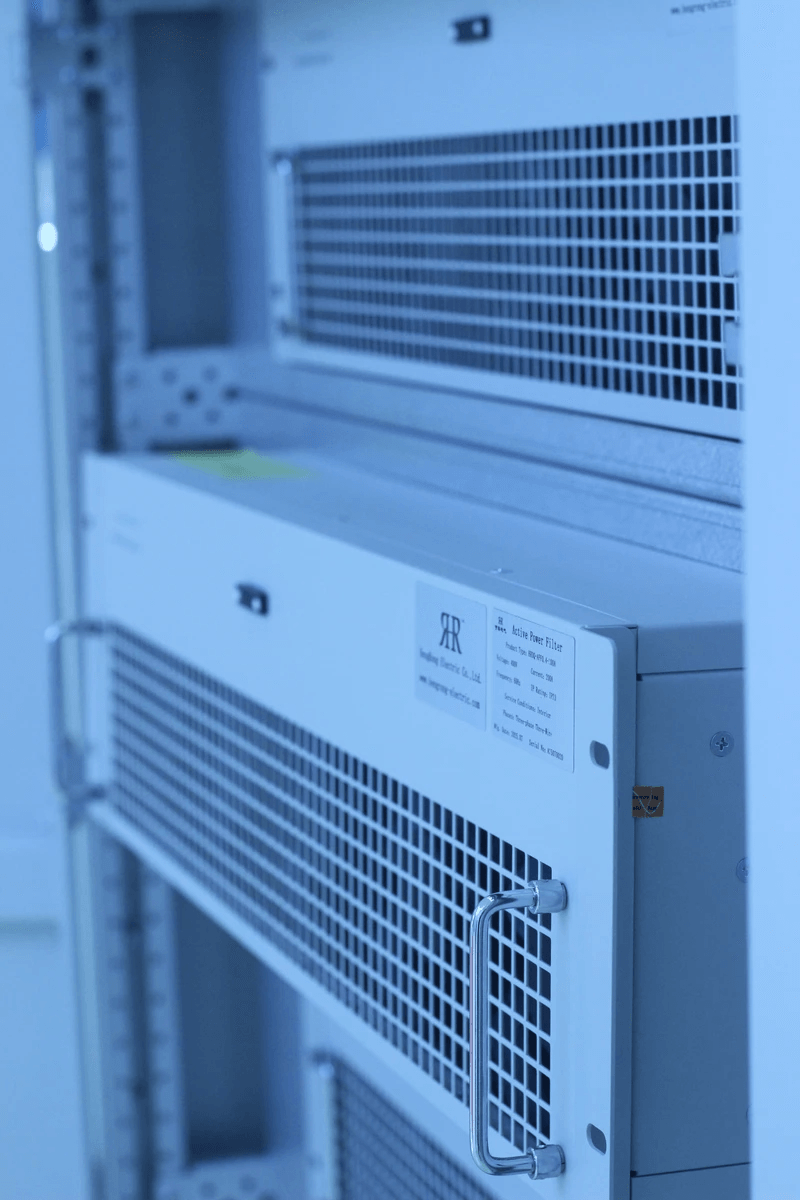
1. Abstract
In electrical systems, most electrical equipment is an inductive load, which increases the reactive power absorption in the power system. The common method to improve the power factor of a circuit is the use of parallel capacitors. The principle is to utilize the complementary nature of reactive power in capacitors and inductors to reduce the reactive power exchanged between the power source and the load. With the maturity of reactive power compensation technology, more large electricity consumers are using reactive power compensation devices to make better use of the system's energy.

2. Introduction
With the increasing demand for better quality electricity by various sectors and users, dynamic reactive power compensation has become more and more important for both users and the power grid. Through reactive power compensation, it is possible to effectively improve the power factor in low-voltage power grids and achieve energy savings. This article provides a brief analysis from three perspectives: methods of reactive power compensation, its principle, and its implementation.
3. Basic Methods of Dynamic Reactive Power Compensation
A dynamic reactive power compensation device is realized by inductive components and capacitor groups for real-time reactive power regulation. The inductive component provides variable inductive reactive power (internally provided by the system or added by the reactive power compensation system based on the application characteristics), while the capacitor group provides a fixed capacitive reactive power.
The inductive component and several capacitor groups are connected in parallel, with each capacitor group having its own switch. The capacity output and switching can be controlled, while the capacitor’s capacity is fixed and cannot be adjusted. The fixed capacitive reactive power generated by each capacitor compensates for the system's inductive reactive power, and the remaining reactive power is used for dynamic compensation.
The main controller calculates the real-time reactive power based on system voltage and current, and compensates the system’s reactive power by following the principle: "small-range reactive power adjustment angle, large-range switching of capacitors."
4. Dynamic Reactive Power Compensation Control Principle and Implementation Strategy

Dynamic reactive power compensation is implemented according to the system's real-time reactive power and operating conditions. Based on the system's reactive power, the control system can adjust each capacitor group to implement a control strategy with a constant reactive power as the basic goal. The system can operate in two independent modes: manual and automatic operation.
Manual Mode
This is a semi-automatic mode where the controller adjusts the reactive power based on the system’s reactive power but does not dynamically switch the capacitor groups. The user can manually switch capacitors based on the system's reactive power.
Automatic Mode
This mode is fully automatic. In this mode, the controller not only adjusts the inductive reactive power but also switches capacitor groups to achieve a broader range of reactive power regulation when the following two conditions are met:
- If the switching angle reaches the minimum value and the number of capacitor groups exceeds a threshold, a capacitor group will be switched off.
- If the switching angle reaches the maximum value and the number of capacitor groups is below the maximum, a capacitor group will be switched on.
In both modes, if the system experiences over-voltage or under-voltage, it will be treated as a fault and the pulse will be blocked.

5. Conclusion
Reactive power compensation optimizes the power grid system, improves voltage quality, and enhances the utilization of electrical energy. Therefore, performing reactive power compensation in distribution networks, improving power factor, and optimizing reactive power are constructive energy-saving measures.
For different types of reactive power, specific problems should be analyzed, and different compensation methods and devices should be selected based on the nature of the reactive power to effectively improve the power factor and reduce losses in transmission lines, distribution transformers, and at the user end. This will maximize the benefits of reactive power compensation. Therefore, reactive power compensation plays a significant role in social development.
Hengrong Electric is dedicated to the research, development, manufacturing, and sales of capacitors and supporting equipment, high- and low-voltage reactive power compensation systems, as well as various types of power electronic components and instruments. The company also provides technical services, technology development, technical consulting, and technical exchange related to electrical products.
Hengrong Electric Co., Ltd.
www.hengrong-electric.com
